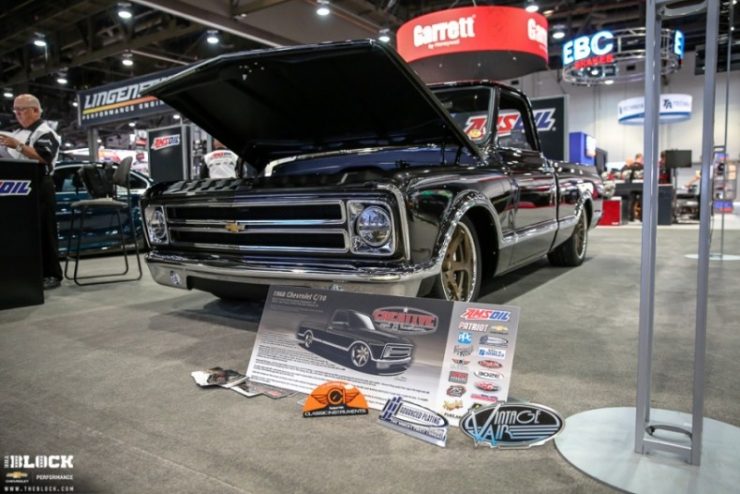Winter’s over but Let’s Review Winter Lube Requirements
Extreme cold can cause conventional motor oil, transmission fluid and gear lube to thicken, starving vital moving parts of necessary lubrication. In many cases, thick motor oil will prevent vehicles from starting. Cold, thick transmission fluid results in delayed or sluggish shifts and inadequate protection for bearings, valves and other critical parts. Thick gear lube, meanwhile, requires more energy to turn the gears, reducing fuel efficiency. Because gears and bearings in the axle housing are splash-lubricated, conventional gear lubes that are too thick at cold temperatures can starve internal components of lubrication, which can cause excessive wear and premature failure.
Conventional petroleum lubricants thicken because they often contain paraffins (wax). While modern refining techniques remove most of the wax from petroleum oil, some wax-like molecules remain. These wax-like molecules are soluble at ambient temperatures above freezing, but crystallize into a honeycomb-like structure at lower temperatures and cause circulation problems. At startup, this can leave working parts unprotected while the lubricant warms to a temperature that allows it to flow.
AMSOIL synthetic lubricants (http://www.amsoil.com/shop/by-product/) do not contain paraffins, so they remain fluid in sub-zero temperatures. Watch the video to see what happens when AMSOIL Signature Series Synthetic Motor Oil (http://www.amsoil.com/shop/by-product/motor-oil/gasoline/?filters=284) and a conventional oil are cooled to -40º. While the conventional oil fails to flow from the beaker, Signature Series remains fluid and delivers 36% easier and faster cold starts*. This means it can reach vital components faster, providing more immediate engine protection and reduced wear.
*Supported by Cold Crank Simulator (ASTM D5293)






